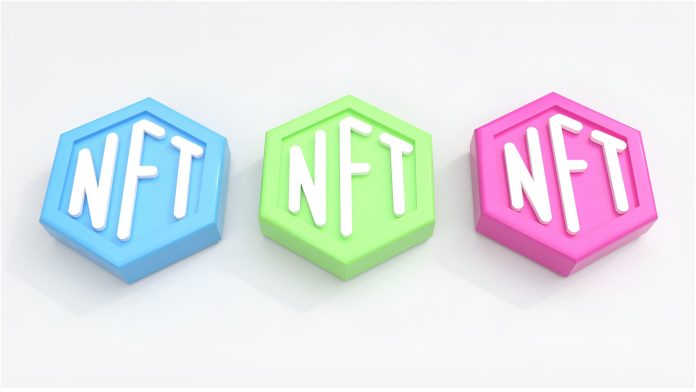The initial hype surrounding Non-Fungible Tokens (NFTs) has largely been associated with static images. Digital art, collectibles, and profile pictures have dominated the landscape, but a new, more powerful iteration is emerging: Dynamic NFTs (dNFTs). These are mutable, evolving digital assets that can change and react to external conditions. The magic behind this evolution lies in the sophisticated smart contract development that underpins them.
While static NFTs are essentially digital certificates of authenticity for a fixed asset, dNFTs are programmable and interactive. Their properties, metadata, and even their appearance can be altered based on a wide range of triggers. This opens up a universe of possibilities that extends far beyond simple ownership.
The Core of Innovation: Smart Contracts
The true innovation of dNFTs is not just their ability to change, but how they change. This is where the intricacies of smart contract development come into play. A smart contract is a self-executing contract with the terms of the agreement directly written into code. For dNFTs, this code contains the logic that governs how and when the NFT will change.
- Data Integration: A key challenge and opportunity in dNFTs is the integration of external data. This can be anything from real-time weather information and stock market fluctuations to the performance of a sports player in a match. The smart contract needs to be able to securely and reliably access this off-chain data through oracles, which act as a bridge between the blockchain and the real world.
- Complex Logic: The logic within the smart contract can be as simple or as complex as the creator desires. A dNFT could evolve through different stages as its owner accomplishes certain tasks in a game, or a digital artwork could change its color palette based on the time of day. The possibilities are limited only by the creativity of the developer.
- Security and Trust: With dynamic assets, ensuring security is paramount. The smart contract must be robust and thoroughly audited to prevent malicious actors from manipulating the dNFT’s properties. The immutability of the blockchain provides a transparent and tamper-proof record of all changes, but the initial code must be flawless.
Real-World Applications
The potential applications of dNFTs are vast and go far beyond the digital art.
- Gaming and the Metaverse: Imagine a sword in a role-playing game that visually improves as the player levels up, or a virtual property that becomes more valuable as the surrounding area develops. These are tangible representations of progress and achievement.
- Digital Identity: A dNFT could function as a “living” resume, automatically updating to include new skills, certifications, and work experiences. This would create a dynamic and verifiable professional identity that is always up-to-date.
- Real Estate: In the future, a dNFT representing a real-world property could be linked to its maintenance records. The NFT’s appearance could change to reflect the property’s condition, providing a transparent and easily accessible history for potential buyers.
The era of static, unchanging NFTs is drawing to a close. The future belongs to dynamic, interactive, and evolving digital assets. As smart contract development continues to advance, we will see dNFTs become increasingly integrated into our digital and physical lives, creating a more engaging and responsive internet of value.



 Bitcoin
Bitcoin  Ethereum
Ethereum  Tether
Tether  XRP
XRP  USDC
USDC  TRON
TRON  Lido Staked Ether
Lido Staked Ether  Cardano
Cardano  Avalanche
Avalanche  Toncoin
Toncoin  Solana
Solana